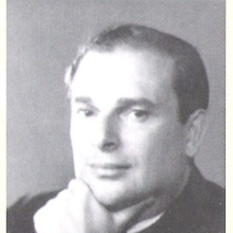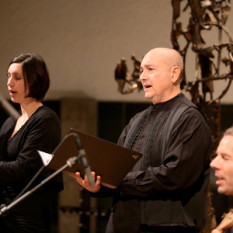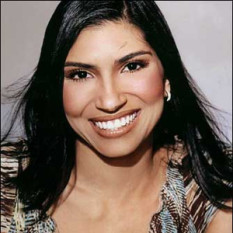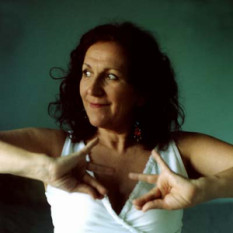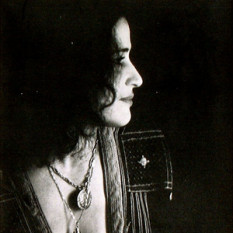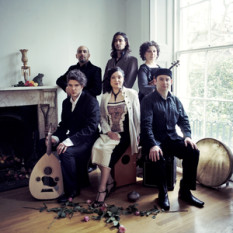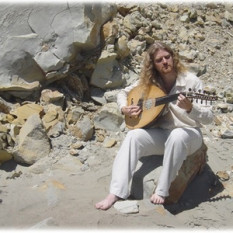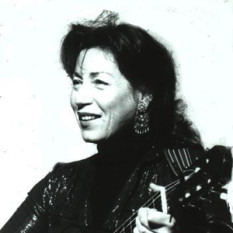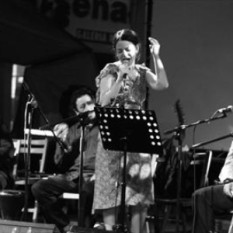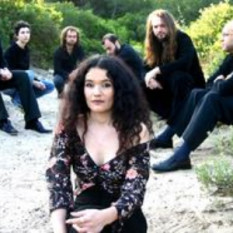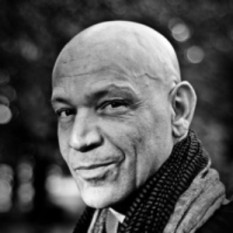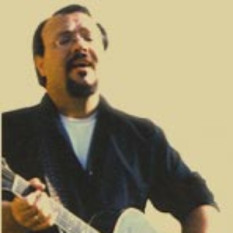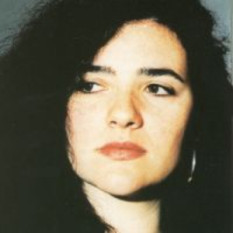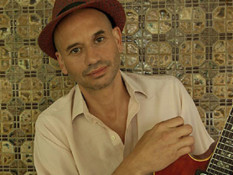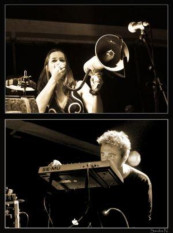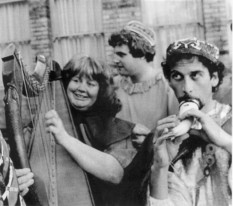This article is about the music of the Sephardic Jews. For the main article on secular Jewish music, see Secular Jewish music.
Sephardic music was born in medieval Spain, with cantigas being performed at the royal courts. Since then, it has picked up influences from across Spain, Morocco, Argentina, Turkey, Greece and various popular tunes from Spain and further abroad. There are three types of Sephardic songs -- topical and entertainment songs, romance songs and spiritual or ceremonial songs. Lyrics can be in several languages, including Hebrew for religious songs, and Ladino.
These song traditions spread from Spain to Morocco (the Western Tradition) and several parts of the Ottoman Empire (the Eastern Tradition) including Greece, Jerusalem, the Balkans and Egypt. Sephardic music adapted to each of these locales, assimilating North African high-pitched, extended ululations; Balkan rhythms, for instance in 9/8 time; and the Turkish maqam mode.
Songs which are song by women are traditionally sung while performing household tasks, without accompaniment or harmony. Tambourines and other percussion instruments are sometimes used, especially in wedding songs. Men have added oud and qanún to the instrumentation, and more modern performers incorporate countless other imported instruments.
The early 20th century saw some popular commercial recordings of Sephardic music come out of Greece and Turkey, followed by Jerusalem and other parts of the Eastern Tradition. The first performers were mostly men, including the Turks Jack Mayesh, Haim Efendi and Yitzhak Algazi. Later, a new generation of singers arose, many of whom were not themselves Sephardic. Gloria Levy, Pasharos Sefardíes, Flory Jagoda and Janet & Jak Esim Ensemble are popular Eastern Tradition performers of this period. Gerard Edery, Savina Yannatou, Stefani Valadez, Françoise Atlan and Yasmin Levy and are among the new generation of singers bringing a new interpretation to the Ladino/Judeo-Spanish heritage and, in the case of Levy and Edery, mixing it with Andalusian Flamenco.
.




